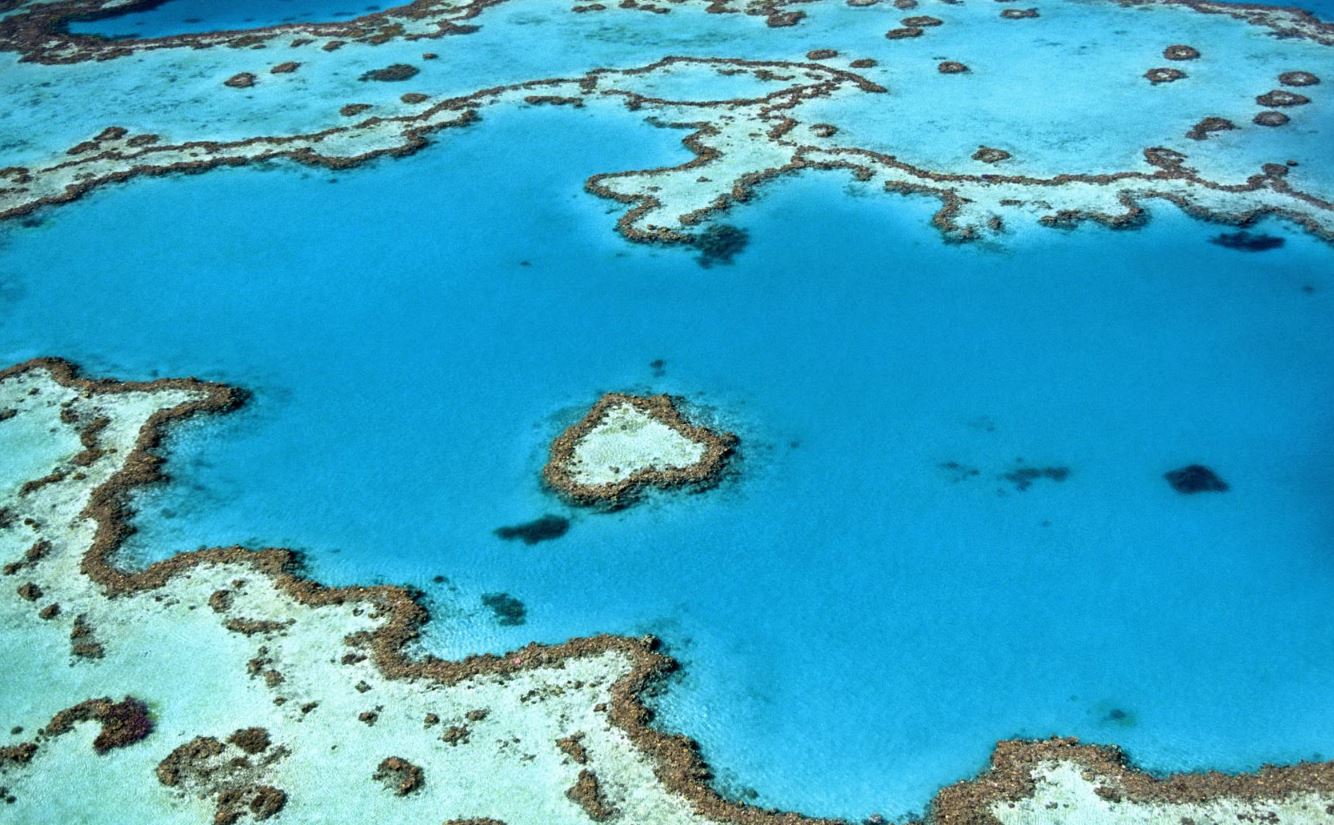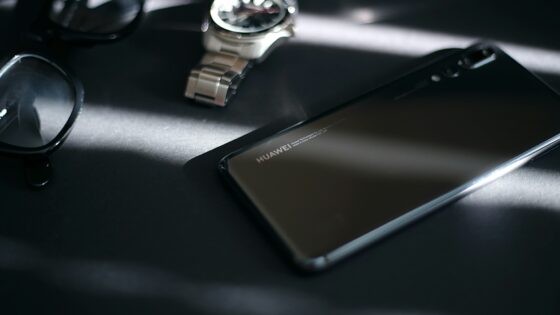
Credit: Unsplash
More algae means less bleaching. Hopefully.
The Great Barrier Reef off the coast of Australia has suffered multiple mass bleaching events. Increased ocean temperatures caused by global warming have been the cause the increasing frequency of barrier bleaching events. If something isn’t done soon, the ocean floor is going to get a lot whiter, and a lot deader. Luckily, some scientists have an idea: 3D printing.
Researchers from the University of Cambridge and University of California San Diego have begun 3D printing coral from organic materials in an effort to bolster the world’s weakening reefs. With bioprinting technology, the researchers can sculpt artificial coral down to the microscopic level at a remarkable speed. The coral is made of PEGDA, a biocompatible polymer gel. In layman’s terms, it’s made of gelatin and algae cells, as well as a secret ingredient: cellulose nanocrystals.
See, regular coral attracts and captures algae in its various holes and pores. That algae produces a particular kind of sugar that coral eats, which keeps it healthy. The artificial coral’s crystals are actually even more efficient and attracting and catching algae than the real deal. Algae density was measured around 100 times that of typical coral algae coating.
More algae means more food for coral, and more food for coral means healthier, more resistant coral. Even if we can’t stop bleaching events, the extra algae accumulated by artificial coral placed near real coral could shore it up against further harm. Not to mention, all that bonus algae could serve as valuable biofuel.
Research is ongoing. The world’s reefs are one of the most important kinds of ecosystems of all. If we lose all of them, the planet may never be the same.































